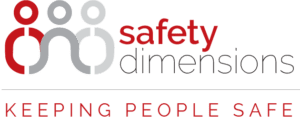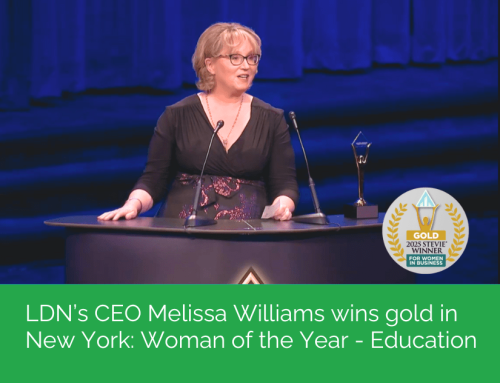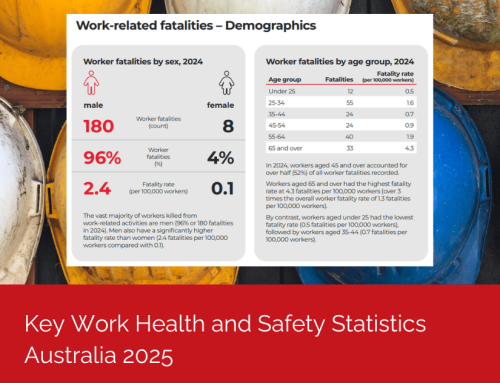
WHS Regulations have been amended to explicitly prohibit the uncontrolled processing of engineered stone products and prioritise the health and safety of workers in industries working with silica.
The health and safety of workers in industries working with engineered stone have received a significant boost with the recent Model Work Health and Safety Regulations (Engineered Stone) Amendment 2023. This has been enacted by Safe Work Australia and aims to address concerns surrounding the uncontrolled processing of engineered stone products.
Engineered stone, a composite material used in the fabrication and installation of countertops and kitchen surfaces, contains crystalline silica. This material poses significant health risks when processed. Activities such as cutting, grinding, trimming, sanding, polishing or drilling release respirable crystalline silica dust, which when inhaled, can lead to debilitating diseases like silicosis.
Examples of other activities that can generate respirable crystalline silica dust particles include:
- excavation, earth moving and drilling plant operations;
- clay and stone processing machine operations;
- paving and surfacing;
- mining, quarrying and mineral ore-treating processes;
- tunnelling;
- construction labouring activities;
- brick, concrete or stone cutting; especially using dry methods;
- abrasive blasting (blasting agent must not contain greater than 1% of crystalline silica);
- foundry casting;
- angle grinding, jackhammering and chiselling of concrete or masonry;
- hydraulic fracturing of gas and oil wells, and
- pottery making.
Silicosis has no cure except for lung transplantation and can result in permanent disability or even death.
Other diseases include:
- chronic bronchitis;
- emphysema;
- lung cancer;
- kidney damage, or
- scleroderma, a disease of the connective tissue of the body resulting in the formation of scar tissue in the skin, joints and other organs of the body.
In 2019, the Commonwealth Government announced the establishment of a National Dust Disease Taskforce (NDDT) with the role of consulting with industry stakeholders and informing a national approach to the prevention, early identification, control and management of dust diseases. The task force found that nearly one in 4 engineered stone workers who have been in the industry since before 2018, are suffering from silicosis or other silica dust-related diseases.
Stakeholders highlighted concerns regarding the effectiveness of existing WHS laws in safeguarding those working with engineered stone.
What are the Model WHS Regulation changes regarding engineered stone?
The Model WHS Regulations have been amended to explicitly prohibit the uncontrolled processing of engineered stone products and prioritise the health and safety of workers in industries working with engineered stone.
This amendment mandates Persons Conducting a Business or Undertaking (PCBU’s) to take proactive measures to eliminate or minimise risk associated with engineered stone processing. The amendment also includes updates to references of relevant Australian Standards, ensuring that the regulations remain aligned with current industry practices and standards.
This approach will help create safer working environments and reduce the occurrence of occupational dust diseases.
Resouces:
Australian Government. All of governments’ response to the final report of the national dust disease taskforce:
https://www.health.gov.au/sites/default/files/documents/2022/07/all-of-governments-response-to-the-national-dust-disease-taskforce-final-report.pdf
Safe Work Australia: Crystalline silica and silicosis:
https://www.safeworkaustralia.gov.au/safety-topic/hazards/crystalline-silica-and-silicosis
Safe Work Australia: Model Work Health and Safety Regulations Amendment (Engineered Stone) 2023 : https://www.safeworkaustralia.gov.au/doc/model-work-health-and-safety-regulations-amendment-engineered-stone-2023
Safe Work Australia: Model WHS Regulations:
https://www.safeworkaustralia.gov.au/doc/model-whs-regulations






